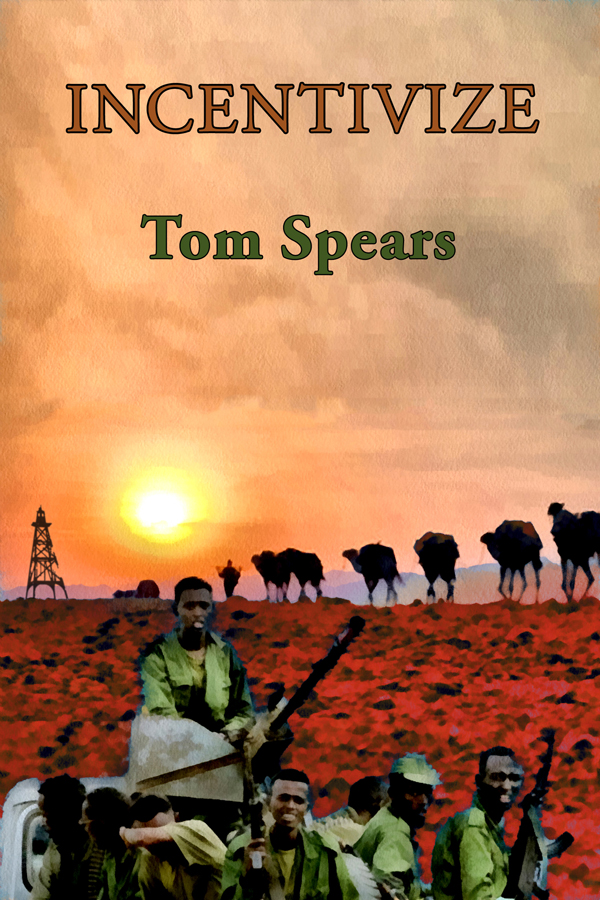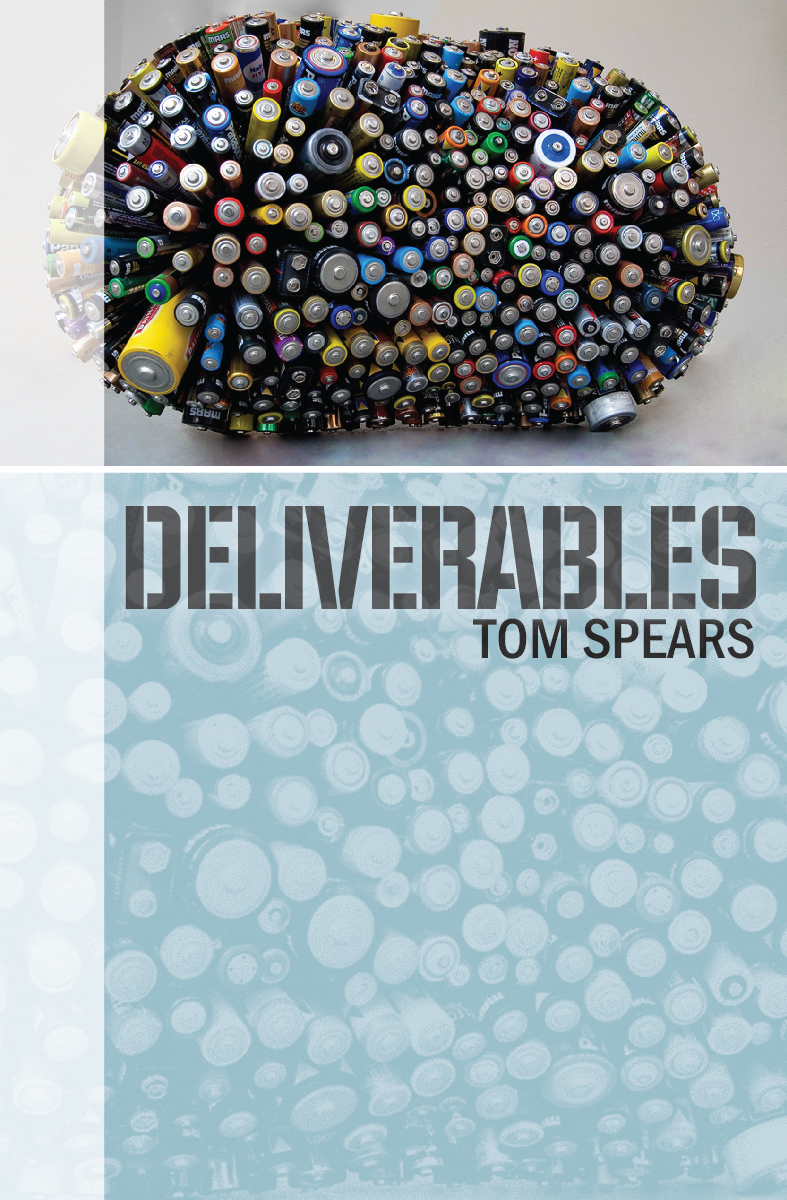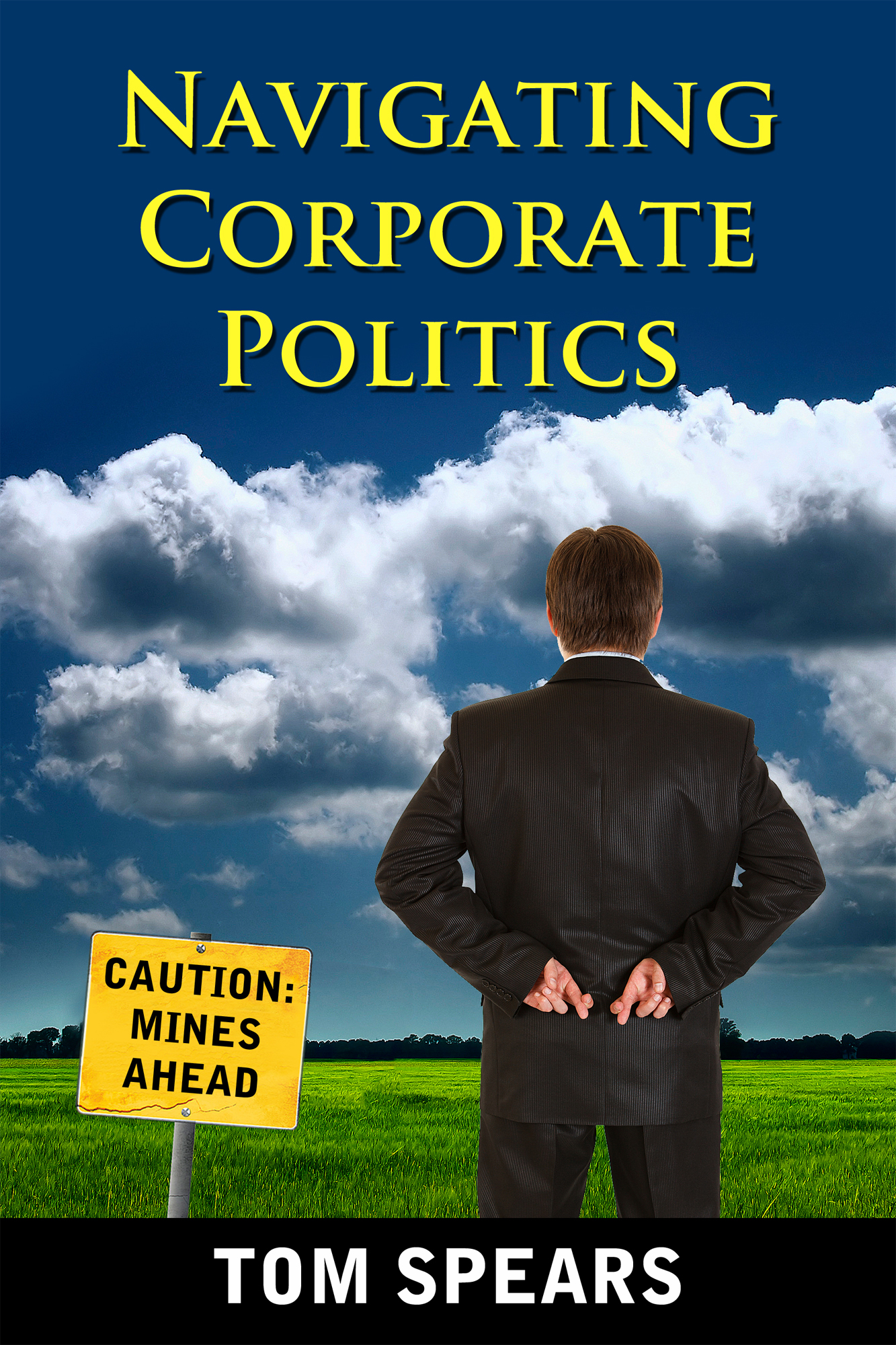I’ve worked at two companies that had labor unions, each having multiple labor unions at various sites, and my experiences have been mixed. I also worked at a company that was so strongly opposed to unions that they wouldn’t complete an acquisition if it meant bring in a labor union, nor would they allow a union to organize at any of their facilities – using every means possible to oppose the unionization drive, and moving the facility off shore if it was successful. That reaction was over-the-top.
While you might manage to avoid dealing with unions throughout your entire career, being afraid of them is a bit extreme. Various approaches exist for handling unions if you find yourself dealing with one in your job.
Why unions?
In short, because they are effective. Unions shift the balance of power in the management-employee relationship, putting more control in the hands of the employee. And it’s not difficult to understand why management opposes them – they end up with less power and control.
The difference was clear at one of my union-infested employers. There the unionized plants definitely had higher wages and more generous benefits than the non-unionized plants. But there were downsides. In the unionized plants, the relationship between management and the workforce took on a different tenor ranging from suspicious watchfulness to outright militaristic. There were instances where non-union plants were granted things by management that were withheld from the unionized plants, the plan being to get some kind of “concession” from the union during the next negotiation.
Unions are at least as bureaucratic as management, often more so. Their leaders are typically elected by popular vote rather than earning them based on ability. Leaders can range from passive to highly belligerent. Like most politicians, it seemed to me that the candidates promising to deliver the largest concessions from management are the ones that are elected. The dynamic results in a bias toward demanding, hard-nosed horse trading.
Are they bad? Are the good? I think they can be either. A lot of the content of a particular union’s character comes from what happened at its inception, and the profile of their leaders. Was there blatant management unfairness, and plenty of reason for distrust when organization occurred? Are leaders table-banging hard-heads, or reasonable negotiators looking for a fair compromise?
WARNING -- Blatantly Commercial Content.
My latest novel (PURSUING OTHER OPPORTUNITIES) does not deal with labor unions, but it does contain some amusing profiles of senior executives under stress and behaving badly. A paperback version and a Kindle version are both available.
Don’t panic
If you’re in management (an assumption that consistently runs throughout my blog posts), you shouldn’t be alarmed at the prospect of working with a union. While I’ve run into contentious, obstructive, relationships, I’ve also experienced instances where the union was actually helpful. In one such situation the union was a major driver in improving safety in the plant, which benefited both employee and employer. And they weren’t unreasonable to work with during contract negotiations. In fact, when the rare disagreement came up at that particular facility, the union often functioned as a conduit of communication between senior management and the shop floor.
Of course, there are plenty of examples of the exact opposite. Situations where the union was unreasonable, inflexible, or just plain pugilistic.
Take your time evaluating the situation. Enter the relationship with an open mind and study the history of labor relations at the site. Understand the reason the union exists in the first place. Become acquainted with the union’s leadership. Maybe you’ll find a helpful partner.
More likely, however, there will be many more added headaches than benefits. In one company, the relationship between union and management had become so oppositional that virtually every action in the workplace was reduced to detailed rules (yes, it was in the automotive industry). These rules became a huge barrier to improvement, and effectively throttled the company over time.
A chance for rapprochement?
If you’re stuck with one of those toxic, conflict-laden, labor-management relationships, don’t kid yourself into believing that you can “fix it.” In my experience, it is an easy matter to destroy trust, and nearly impossible to repair it. Under the best of circumstances it takes years, if not decades.
The company I described above with the rigid rules once launched a major initiative to “partner” with the union. It didn’t work. Despite immense patience and an honest desire by management to “change things” with the union, the history of suspicion and bad blood was too much to overcome. Instead of bringing the parties closer together, the union pretended to “play nice” for a period, systematically claiming new concessions from management and giving on nothing.
The company eventually ended in bankruptcy, its value virtually picked clean by the unionized employees.
If you find yourself with a bad company-union situation, your choices are to gut it out, matching fire with fire, or get out. Examples of management-led improved relations are quite rare. While you might get lucky and succeed in pulling off a transformation, you certainly shouldn’t count on it.
Conclusion
It is no surprise that companies abhor labor unions – far too many of them obstruct management and gouge excessive amounts of value from shareholders. But you shouldn’t jump to the conclusion that all unions are bad for management or for the company.
Should you end up with a difficult union, you don’t have many options. I personally think life is too short to mess with such a situation, but not everyone agrees. If you’re going to stick it out, you should gird yourself for long-term trench warfare. Such damaged relationships rarely improve, even with concerted efforts. 28.1
Other Recent Posts:
- You Own It!
- Serving a Bad News Sandwich
- Doing your own "due diligence"
- Do what you believe is best, or what your boss expects?
- Winning People Over
- What if there is no Third Alternative?
- Open Hostility
If you are intrigued by the ideas presented in my blog posts, check out some of my other writing.
Novels: LEVERAGE, INCENTIVIZE, DELIVERABLES, HEIR APPARENT, and now PURSUING OTHER OPPORTUNITIES.
Non-Fiction: NAVIGATING CORPORATE POLITICS
This is the cover of my latest novel, PURSUING OTHER OPPORTUNITIES, released on April 21, 2014. This story marks the return of LEVERAGE characters Mark Carson and Cathy Chin, now going by the name of Matt and Sandy Lively and on the run from the FBI. The pair are working for a remote British Columbia lodge specializing in Corporate adventure/retreats for senior executives. When the Redhouse Consulting retreat goes horribly wrong, Matt finds himself pursuing kidnappers through the wilderness, while Sandy simultaneously tries to fend off an inquisitive police detective and an aggressive lodge owner.
My novels are based on extensions of my 27 years of personal experience as a senior manager in public corporations. Most were inspired by real events.

















